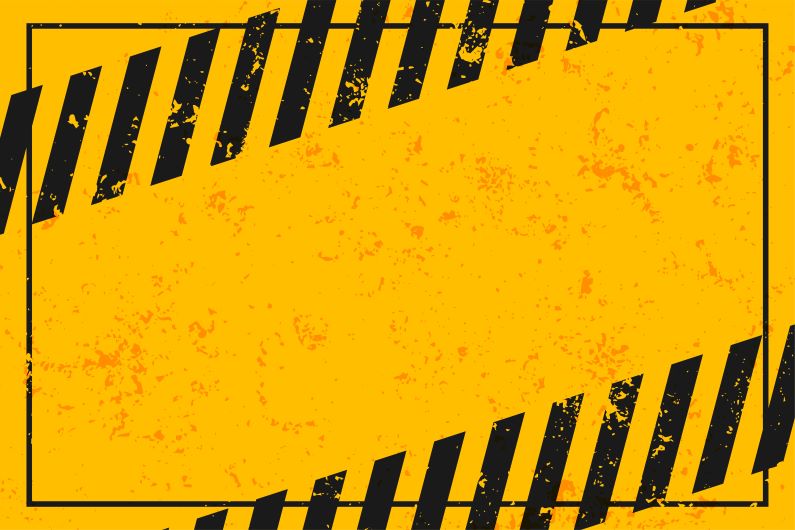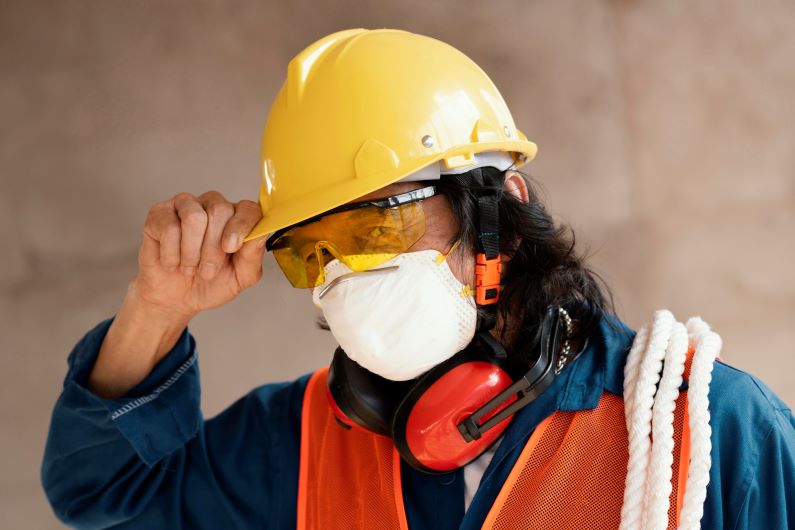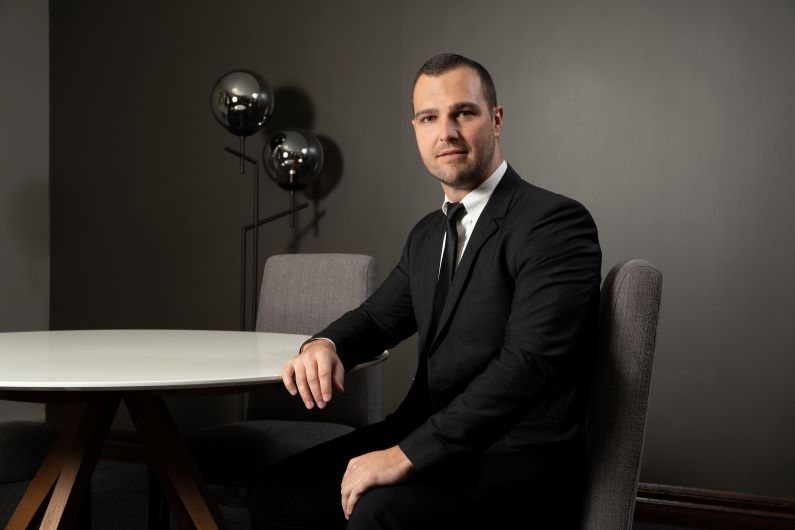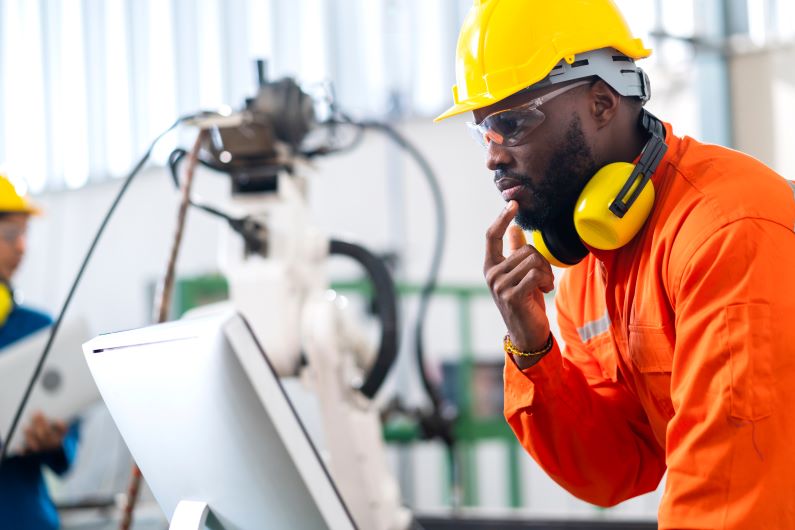
Caption: Safety and operational excellence: it’s not one or the other
The following article is written by Arjen de Bruin, Group CEO at OIM Consulting
In the past and across certain industries, there was often a misconception that an organisation could either operate in complete adherence to safety regulations, or smash its targets. Health and safety were often, and rather unfairly, seen as ‘red tape’; a form of bureaucracy that overcomplicates issues and slows down operations.
But the two are far from mutually exclusive, and this is something that the construction and manufacturing industries know more viscerally than most. But it hasn’t always been like that.
I don’t think this was because people didn’t care. There just didn’t seem to be a consistent view on how to adhere to or apply safety processes and protocols. In addition, construction sites are treacherous territory. Together, these two issues created a perfect storm for disaster.
However, the tide started to shift, as we learned our lessons. The public and private sectors were galvanised to prioritise health and safety, and new safety programmes, protocols, and procedures, as well as manuals and other toolkits were developed and widely rolled out. For instance in 2021, the Minerals Council South Africa, in partnership with government and organised labour, introduced the Elimination of Fall of Ground Fatalities Action Plan (FOGAP); an investment to the tune of R46 million, to address mining incidents.
This decisive action has paid off, and the number of fatalities has steadily declined each year. In 2023, 54 fatalities were recorded.
Has this increased emphasis on safety impacted output? Only for the better. Thus the idea that if you want more production, you’ll need to sacrifice safety is a complete misnomer.
“This is an expense that comes directly from the profits of a company…More recent work by Joughin indicates that losses of R500 000 or more per day may be suffered by mines for stoppages for any reasons and that mines have been stopped by the DMR for as much as five to 10 days. These stoppages inevitably follow fatalities, including rock-related fatalities.”
OIM Consulting’s Supervisory Development Programme (SDP) + has been developed based on the principle that operations and safety are interwoven, with a human-first approach that delivers on productivity.
The programme includes a deep assessment to understand an organisation’s risk profile, and then the development of a safety leadership action plan. We work to instil situational awareness in individuals, helping them understand what constitutes an unsafe act that might lead to injury or fatality. We also help them evaluate their own behaviour and the possible consequences thereof. An important component of this is the championing of a code of conduct, so individuals understand their responsibility to themselves and their team, as well as on-the-ground coaching, to embed this behaviour into the workforce.
Our aim is to remove all chance from the equation, helping to make people’s actions as safe as possible.
The fact of the matter is that safety and operational excellence are intrinsically linked. It is not one or the other – the two are one and the same. You cannot have operational excellence if your people are unsafe.
An effective business is one that is also effective in both its meeting of targets and its safeguarding of people.
More news
- PART 2: CONCRETE IN THE DESIGN OF A UNIQUE LUXURY HOME IN GEORGE, SOUTH AFRICA
- PART 1: CONCRETE IN THE DESIGN OF A UNIQUE LUXURY HOME IN GEORGE, SOUTH AFRICA
- MVULE GARDENS, AFRICA’S LARGEST 3D-PRINTED AFFORDABLE HOUSING PROJECT
- PART 3: HARNESSING THE POTENTIAL OF HIGH SULPHUR FLY ASH IN CONCRETE PRODUCTION
- PART 2: HARNESSING THE POTENTIAL OF HIGH SULPHUR FLY ASH IN CONCRETE PRODUCTION





